Banff, Alberta: Overwhelmed by Visitors Despite Its Natural Beauty
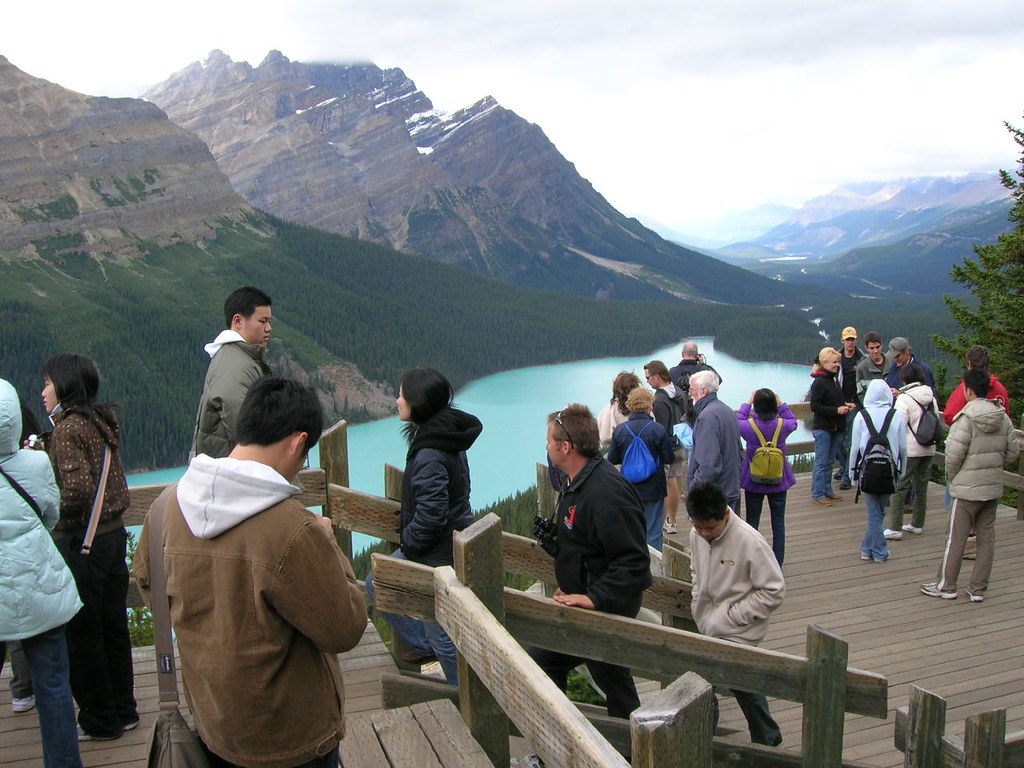
It’s hard to picture Canada’s Rockies without thinking of Banff—those turquoise lakes, the jagged peaks, and that fresh mountain air. But what most tourists don’t see is the stress on locals who call this place home. In 2024, Banff National Park brought in over 5 million visitors, according to Parks Canada. For a town with a population of just 8,000, that’s a tidal wave of outsiders, especially in summer. Residents report endless traffic, packed grocery stores, and a cost of living that’s shot up because of the booming tourism economy. Even the best efforts, like timed entry passes and new shuttle services, haven’t been enough to smooth out the bumps. Some locals say it feels like the town is bursting at the seams, with trails and lakes showing wear and tear from constant foot traffic. There’s pride in sharing Banff’s beauty, but also a growing call for more limits and sustainable tourism to keep the magic alive for everyone.
Niagara-on-the-Lake, Ontario: Charm Under Pressure
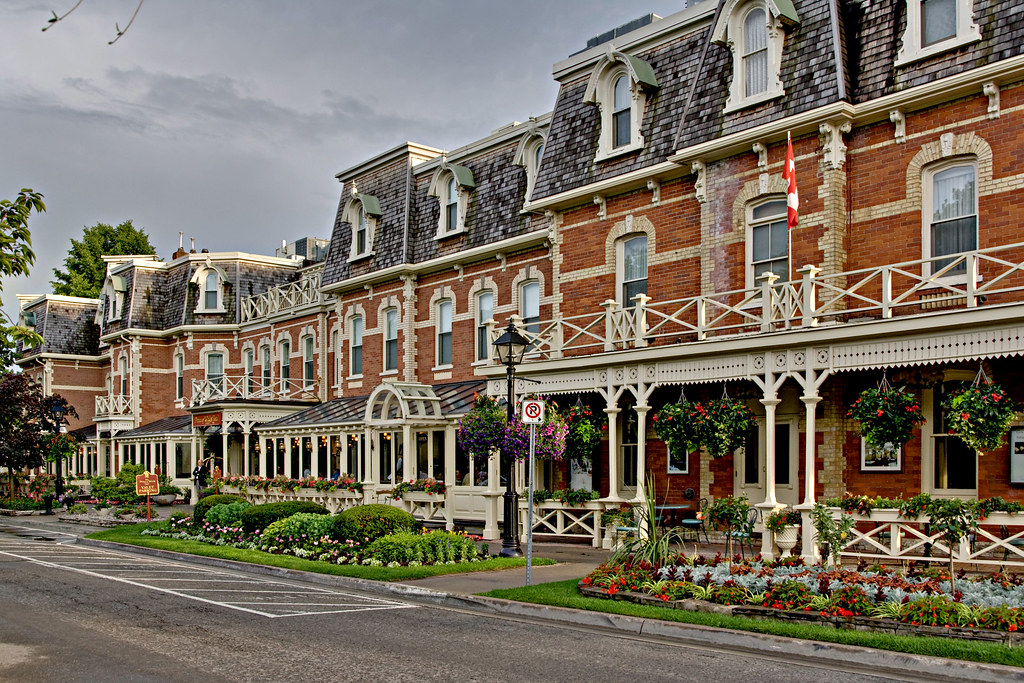
Imagine a postcard-perfect town with tree-lined streets and historic charm—that’s Niagara-on-the-Lake. The Niagara Region Tourism Board’s 2024 report showed more than 3 million people visited last year, which is a lot for a town of just 17,000. Locals are feeling the squeeze, especially during the summer’s wine festivals and theater season. Traffic and parking headaches are now a regular part of life. Residents say the rising demand for vacation stays has made buying a home nearly impossible for young families. There’s also the noise—late-night crowds and litter have become big complaints in the community. The town council has been looking into spreading tourist visits throughout the year and improving buses and shuttles to ease congestion. While the town’s businesses thrive thanks to tourism, many locals feel their once-peaceful home is getting harder to recognize.
Quebec City, Quebec: Historic Charm Meets Tourist Overload
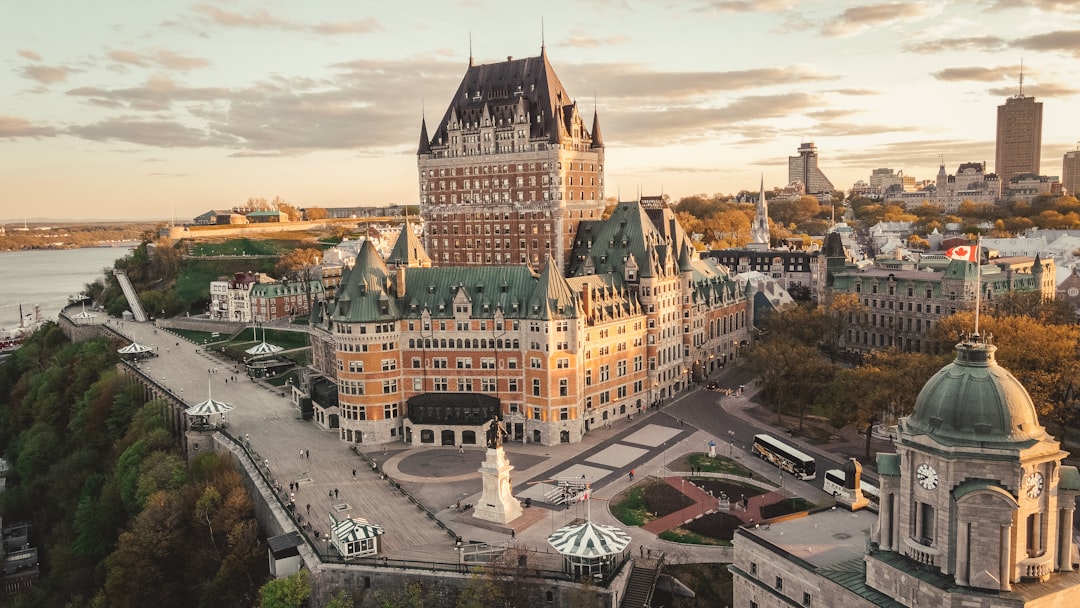
With its cobblestone streets and centuries-old buildings, Quebec City is a living postcard—and that’s exactly why it draws more than 4 million visitors a year, per Tourisme Québec’s 2024 report. In the warmer months, the Old Town swells with tourists, making it hard for locals to enjoy their own public spaces. They talk about queues at corner bakeries, noisy crowds under their windows, and beloved local shops giving way to tourist-driven businesses. The city has started urging visitors to check out lesser-known neighborhoods and to come in the quieter seasons, but the main attractions still see heavy foot traffic. Officials have also tried to expand pedestrian zones and improve public transit, hoping to make things easier for both locals and visitors. Despite tourism being a huge part of the local economy, many residents feel their city’s unique charm is under threat if changes aren’t made soon.
Whistler, British Columbia: Ski Resort Popularity Strains Community
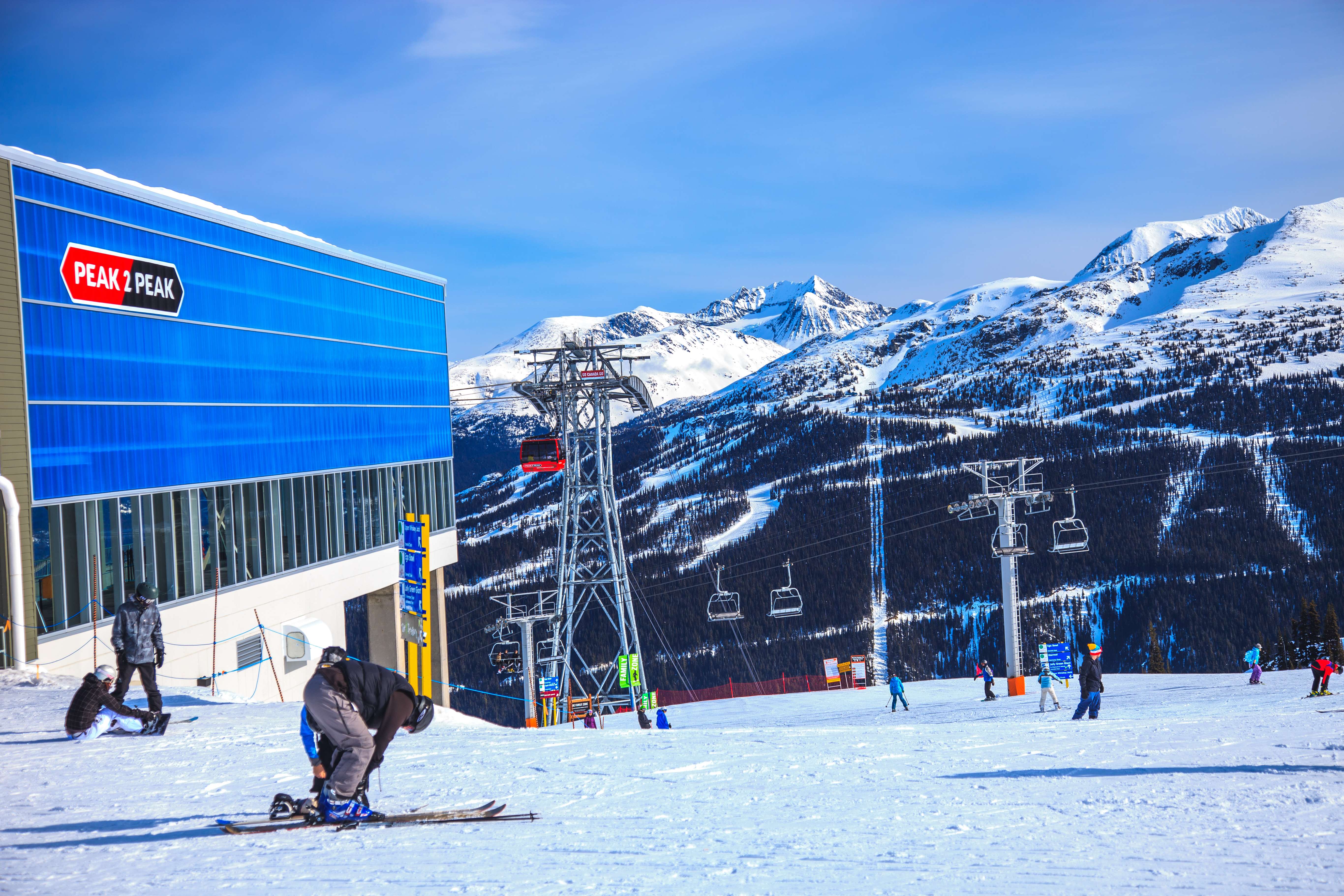
Whistler’s reputation as a winter playground is legendary, but life in the town isn’t all après-ski. Tourism Board figures for 2024 counted over 3 million annual visitors, dwarfing Whistler’s resident population of about 13,000. During peak ski season and summer festivals, the town feels packed to the rafters. Locals face sky-high housing prices and a rental market dominated by short-term stays, forcing many workers to commute from distant towns. Traffic jams and overburdened buses are common complaints. There’s also growing concern about environmental damage as the town expands to accommodate more visitors. Local government has tried to respond with affordable housing projects and better transit, but many residents say it’s not enough. The town’s popularity doesn’t seem to be fading, but the challenge of making Whistler livable for its people is only getting bigger.
Stratford, Ontario: Festival Fame Brings Growing Pains
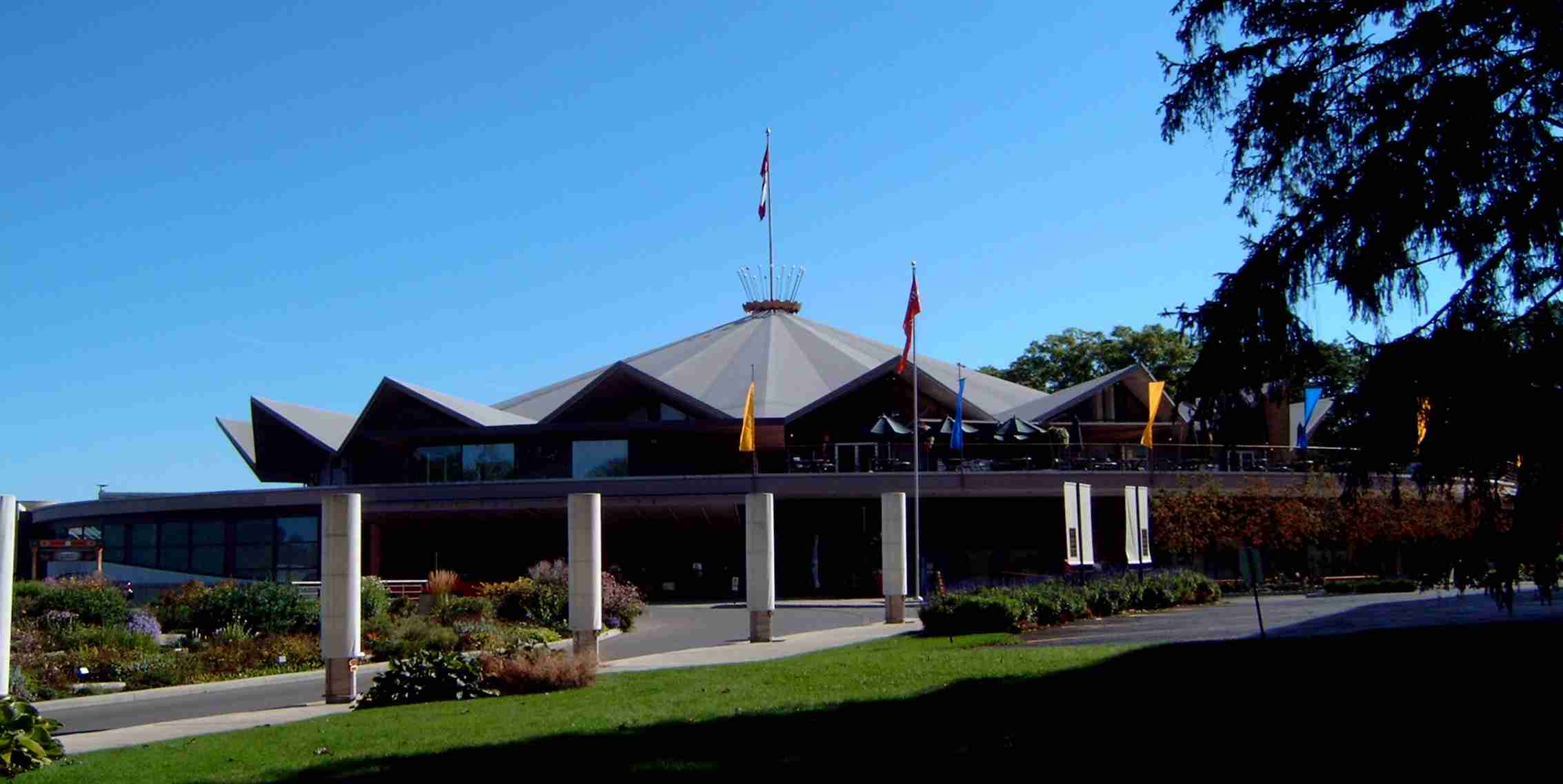
Stratford’s renowned Shakespeare festival is its claim to fame, attracting more than 300,000 people each year, based on 2023 Stratford Tourism Alliance data. The town of 32,000 nearly doubles in size during festival months. Locals love the boost to cafes and shops, but also say the influx brings gridlock, parking nightmares, and a spike in prices. Some longtime residents feel like tourists get priority, with the town’s identity now built around the festival. There’s frustration, too, about noisy nights and crowded streets that make everyday routines more stressful. Efforts are underway to spread out events and encourage off-season visits, but the summer rush remains a challenge. Many locals still appreciate the festival’s cultural perks but want to see better solutions to keep Stratford comfortable for everyone.
Peggy’s Cove, Nova Scotia: Iconic Landmark Faces Visitor Overload
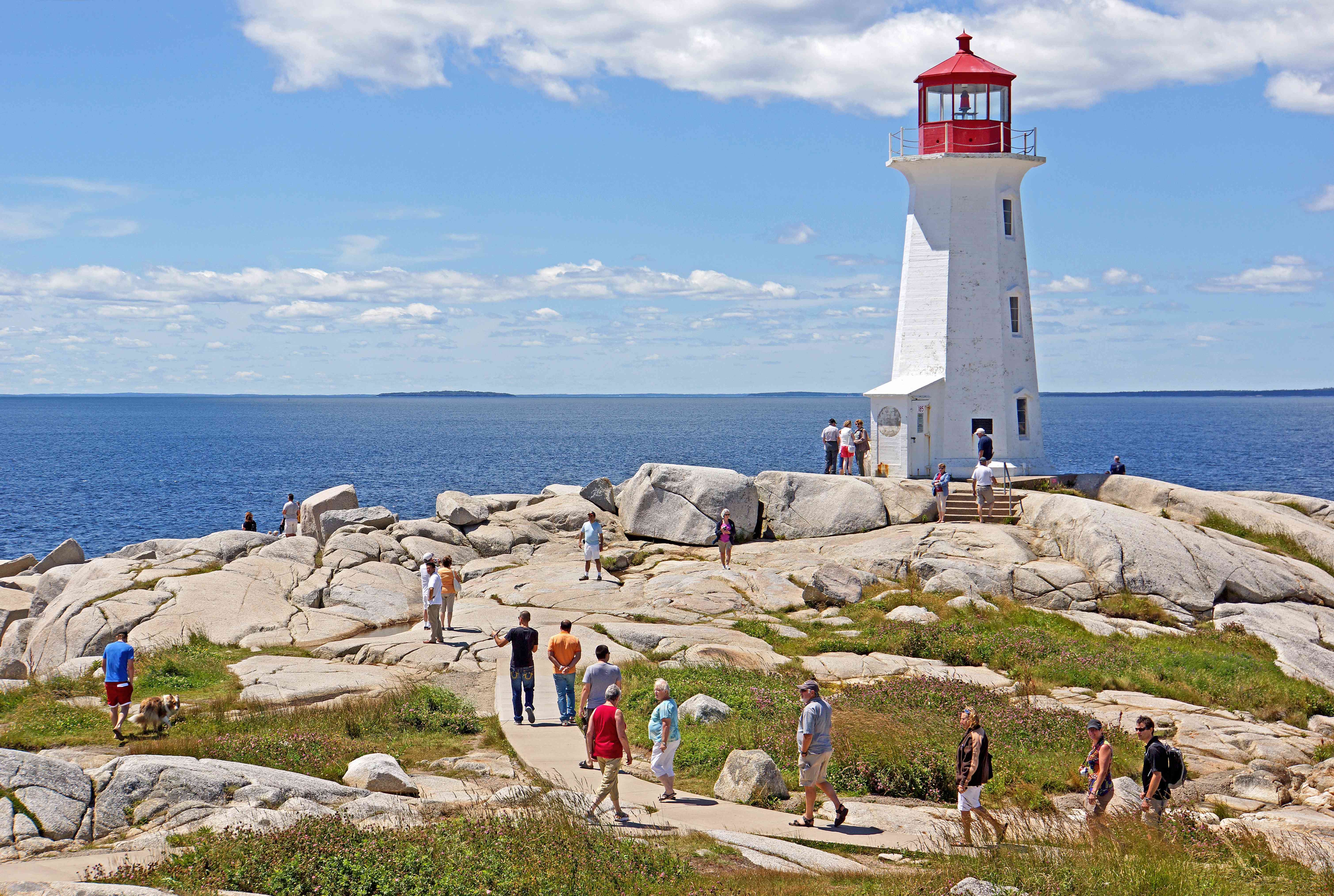
Peggy’s Cove may be tiny—just under 300 residents—but it’s a giant in Canada’s tourism scene, welcoming more than 1 million visitors every year, according to Nova Scotia Tourism’s 2024 report. The world-famous lighthouse and rugged coastline are selfie magnets, but the crowds create daily headaches for the locals. Parking and traffic turn the village’s narrow roads into a maze. Environmental concerns are growing, too, with visitors sometimes trampling delicate plants and leaving trash along the shore. There are safety worries as well, with so many people crowding onto slippery rocks for the perfect photo. The government has put in new parking zones and started visitor education campaigns, but residents still feel their home is under siege. The community is proud of its place on the map, but also wants respect and protection for its fragile beauty.
Canmore, Alberta: Gateway to the Rockies Struggles with Growth
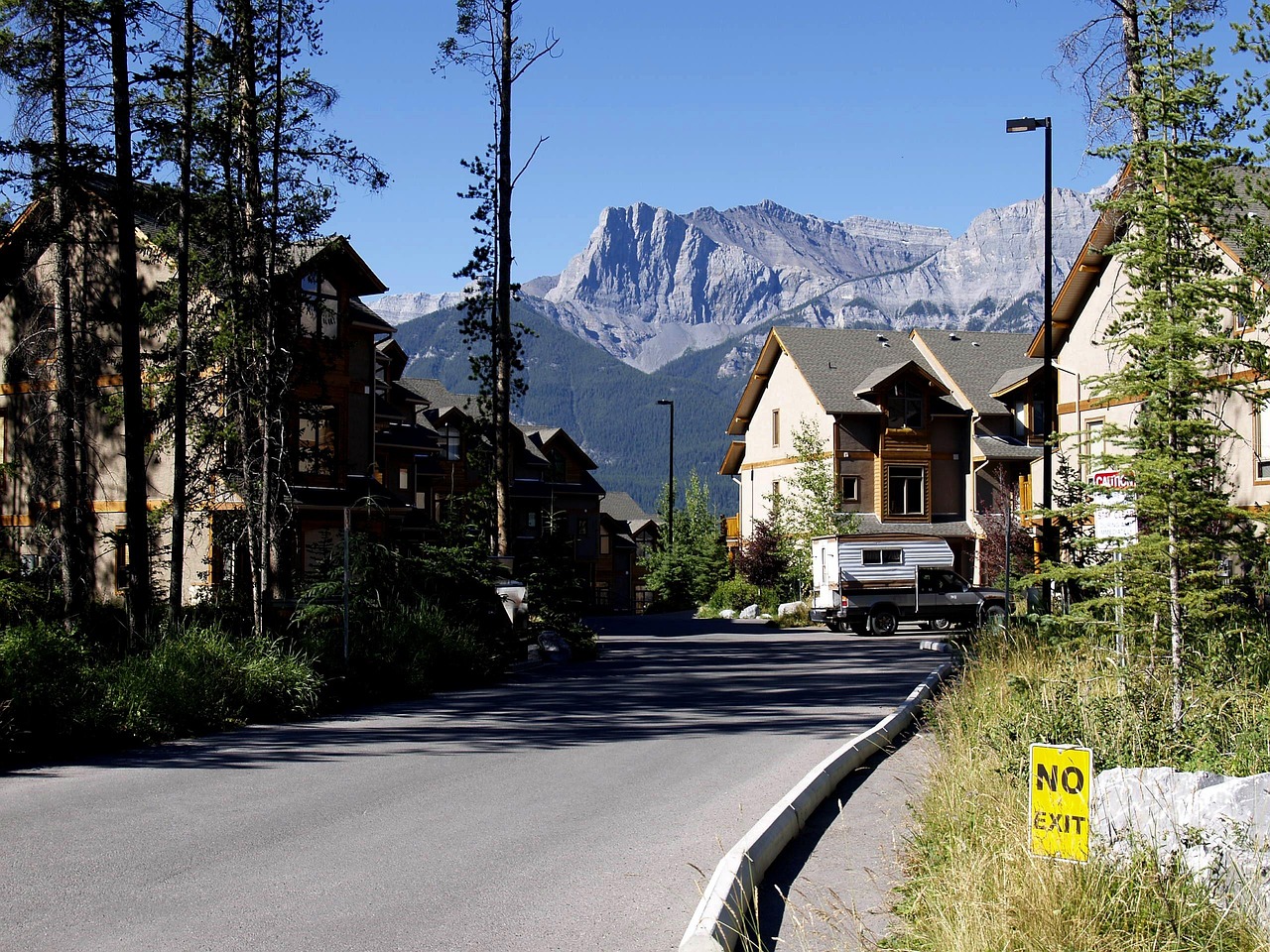
Canmore is often seen as Banff’s quieter neighbor, but its days of peace and quiet may be numbered. The town’s population has surged past 15,000, with over 2 million visitors in 2024, based on Canmore Visitor Centre statistics. Residents talk about crowded hiking trails, jammed highways, and skyrocketing house prices. Infrastructure—roads, water, public transit—struggles to keep up with the demands of tourists and new residents alike. The rapid pace of development has some people worried that Canmore is losing its small-town character. The local government is working on long-term plans for more sustainable growth, but the balance between economic gains from tourism and community well-being is still up in the air. Locals hope their town can stay both vibrant and livable as visitor numbers keep rising.







